
There may have been grumbles from within the Frankfurt motor show about fewer exhibitors than in previous years and protests outside about the automotive sector’s contribution to climate change, but say what you will about the biennial German event, it still has the power to attract major attention and warrants scrutiny.
All the big German brands rolled out significant models, most notably VW’s ID.3 – its first made-to-measure full-electric car and the first of at least six from the same modular platform – that suggests it really does want to put its Dieselgate scandal-blighted past behind it. To signal the symbolic shift VW even unveiled a new, more humble 2D version of its formerly shiny 3D one. Electric power was king everywhere at the show. Even Land Rover’s long-awaited new Defender 4x4 – previously a very chuggy and usually no-nonsense diesel vehicle – now boasts a mild hybrid version plus a plug-in hybrid to follow, alongside its traditional petrol and diesel offerings.
Beyond the established Western marques, Chinese newcomer brands were more numerous than at previous European shows – with both Wey and Byton the most convincing. In particular, the 48-inch wide infotainment screen on Byton’s production-ready M-Byte impressed with its ambition and software, and is unmatched by any other maker in the world right now (the interior screen of Honda’s endearing ‘e’ city car also unveiled in Frankfurt, is the nearest). Both should deliver their cars to customers by mid-2020.
The appetite for such high-tech EVs is out there, demand outstrips supply in many cases, so now the carmakers need to deliver on their promise in sufficient numbers, and be matched by public charging infrastructure. Out of five main halls populated by vehicle manufacturers, here are Wallpaper’s 2019 Frankfurt top six unveils…
Volkswagen ID.3
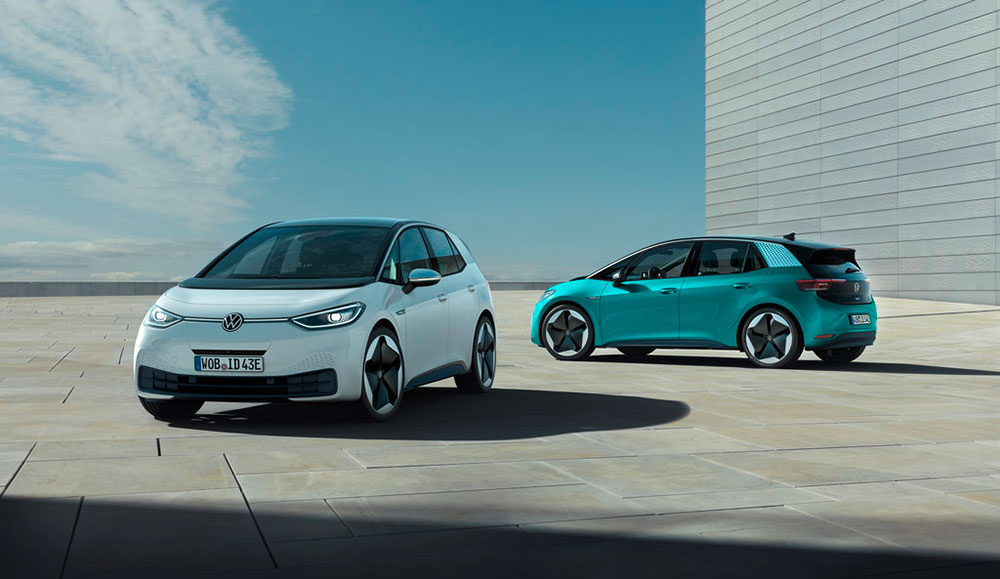
The positive news from VW’s stand was the reveal of the production-ready ID.3 with most of the charm of its conceptual forebear intact. The product design-inspired and Golf-sized five-seat hatch is the start of an all-electric family which will be produced in the millions and spawn a large saloon, several SUVs, a 21st camper van and possibly a beach buggy and a racing car too. Jump inside the ID.3 and apart from the high-tech screens the design is noticeably simple and pared back. ‘It’s about the democratisation of electric mobility to get the price point down,’ head of design Klaus Bischoff explains, ‘and also at the end of its lifespan it’s then easier to dismantle and recycle.’ UK prices should start from circa £27,000 and begin in mid-2020, with home-charging wallboxes from £300. VW says the ID.3 is as important to its history as the Beetle and the Golf and it might just be proved right – which after years of being in the wrong over emissions cheating – is a good thing.
Land Rover Defender

We’ve had to wait a long time for this most famous vehicle silhouette to be refreshed. Two concepts for a new Defender were shown in 2011 and the basic shape dates back to the very start of the brand in 1948. But looking at all those influences, the production-ready new Defender stays pretty true to what endeared it to so many. Some critics feel the new design doesn’t look rugged enough, but its boxy and functional proportions remain, practical steel wheels are an option and the new model will surely still have the necessary skills to ‘go-anywhere’, albeit costing a little more money than before. The commercial van-back version will starts from £35,000 rising to £40,000 for the six-seat 90 edition and £45,240 for the 110 version with five-, six- or 5+2-seat configuration possibilities.
Mercedes-Benz Vision EQS
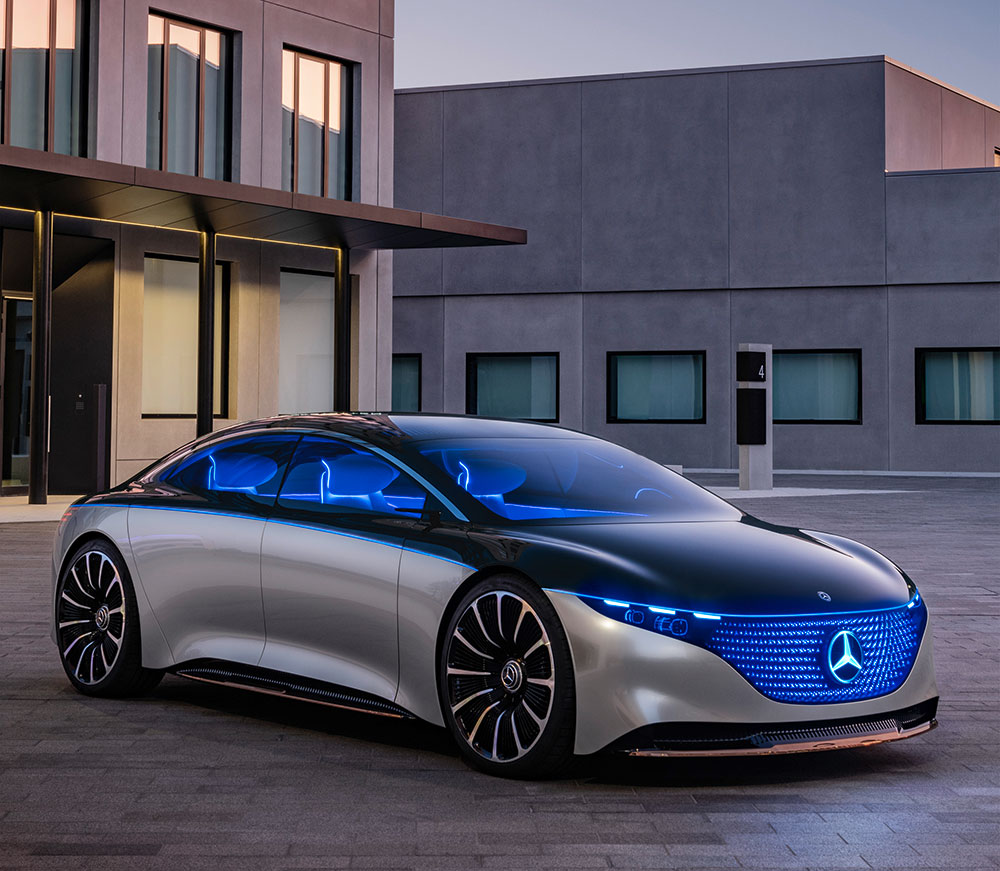
The Vision EQS concept limousine was the headline news on the Mercedes stand and is significant as the first design on a new electric platform which will lead to many other luxury EV production models. It’s also crucial to the ambition of Mercedes’ parent company Daimler and also announced in Frankfurt, to become CO2-neutral by 2039. The Vision EQS continues Mercedes’ quiet sophistication in design approach too. ‘Everybody is still putting slashes and creases on the sides of their cars while we do simple and clean designs,’ Gorden Wagener, chief design officer told us. ‘We vary that for all our luxury cars but the EQ models should be the most progressive.’
The large battery pack required for a longer-distance EV is accommodated and visually hidden between a considerably lengthened wheelbase and by using larger wheels, while in side view the car is unified by a silhouette that has become almost a single arc, (or what Mercedes calls a ‘one-bow’ design, as in a rainbow shape). Either way, Wagener promises 80 per cent of the Vision EQS’s design will make it through to the production EQS due circa 2022 and will sell alongside the brand’s next S-Class limousine, not replace it.
Porsche Taycan
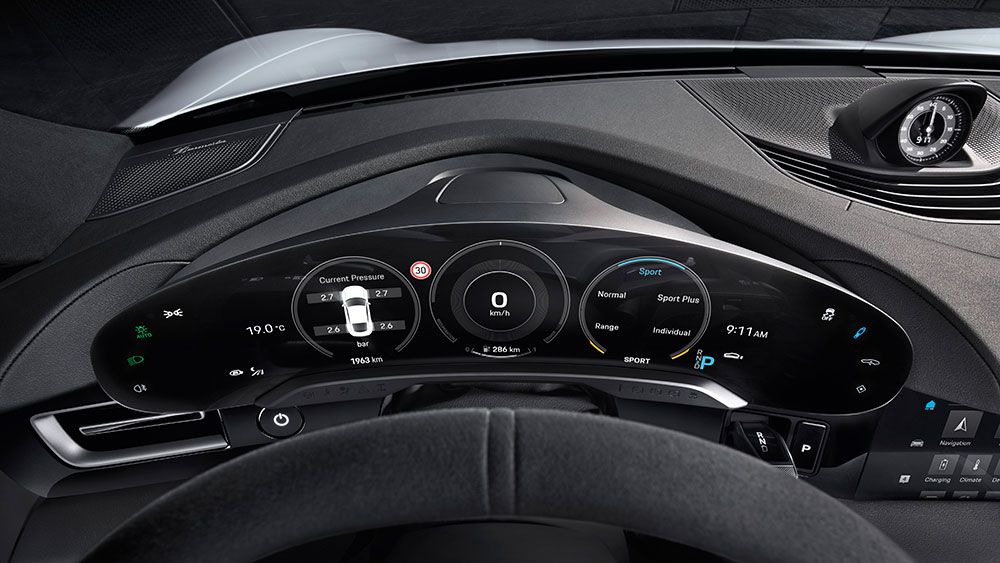
Porsche is one step ahead of Mercedes on its luxury electric saloon journey, unveiling its four-seater Taycan production EV ready to buy now and true to the Mission E concept of 2015 that prefaced it. The interior features a modern design with frameless driver display – the bulky cowl on previous models has been dispensed with as Porsche found a way to manage without by adding a sunglasses-like polarisation effect on top of the screen glass to avoid unwanted reflections. And by moving some of the battery packs to the outer edges, rear passengers’ feet effectively sit within a hollowed-out section, thus allowing them to sit lower and the roofline to remain swoopy. The Taycan is not for the masses – what Porsche is? – but a technical tour de force nonetheless and a big psychological leap for the previously combustion-engined stalwarts.
Hyundai 45 Concept
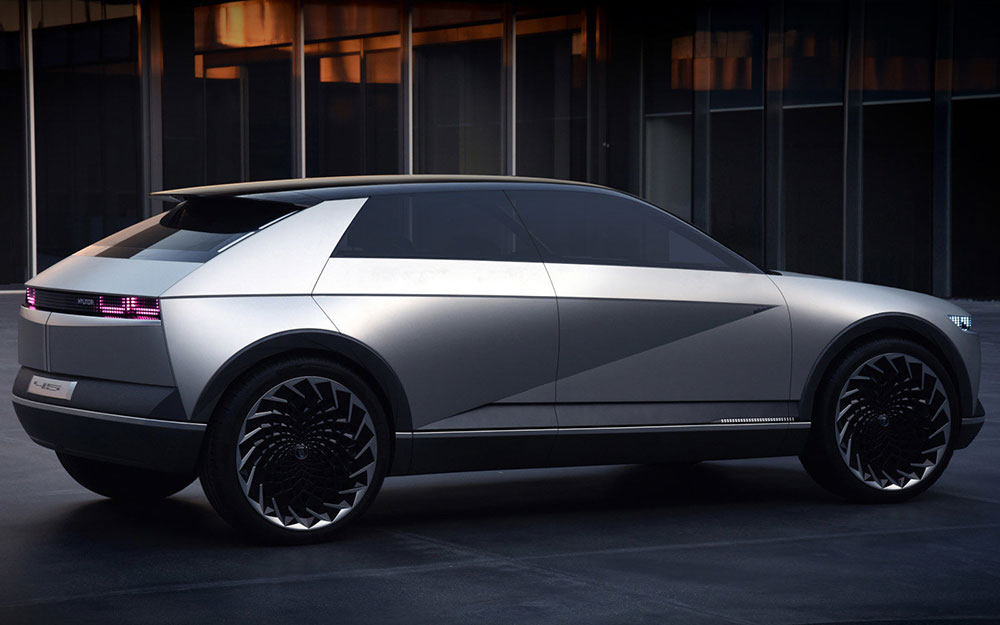
Another brand looking to the past to find inspiration for the future at Frankfurt was Korean brand Hyundai. Its 45 concept paid homage to the number of years since its significant Pony Coupe concept of 1974 designed by Giorgetto Giugiaro, the independent design legend also behind the first VW Golf, Fiat Panda and DeLorean DMC-12. Behind the nostalgia of its retro lighting effects and angular proportions, the 2019 concept is superbly modern in execution and has a wonderful lounge-like interior enhanced by a louvred sunroof which throws light into the space like natural sunlight can sometimes do through a blind in a domestic living room. No pre-production teaser this, but the 45 indicates Hyundai’s clean design approach underpinned by electric powertrains, is heading in a very tasteful direction.
BMW Vision M Next
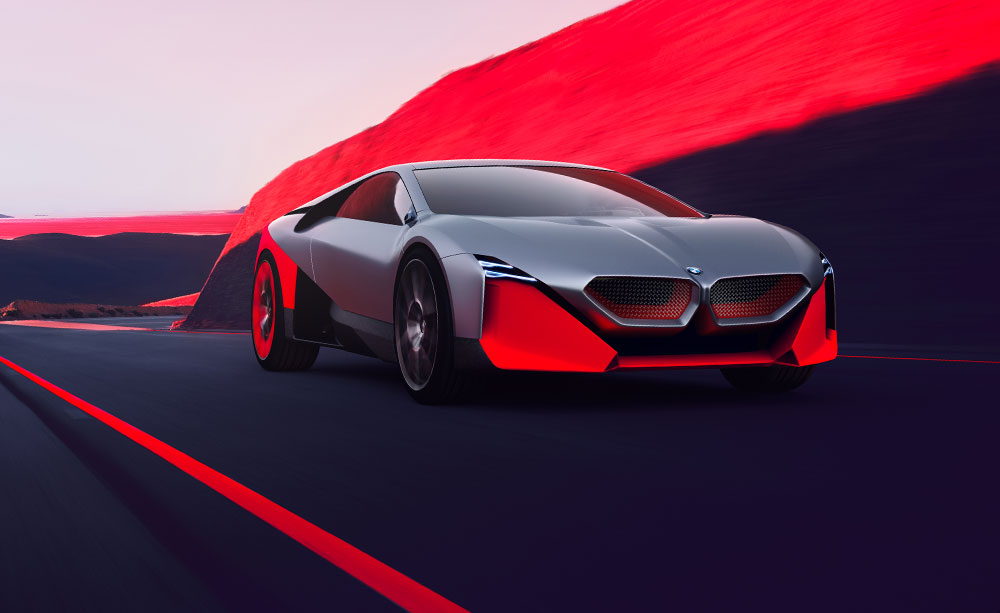
Technically, BMW’s Vision M Next supercar was revealed to the world some weeks before Frankfurt but its public debut at the show was the best thing on the BMW stand by far, in the opinion of all the critics and experts we bumped into during motor show week. Hunkered down, angular and well-proportioned, with a convincing new interpretation of the brand’s famous kidney grille, plus a dynamically diagonal two-tone paint job.
Receive our daily digest of inspiration, escapism and design stories from around the world direct to your inbox.
INFORMATION
Guy Bird is a London-based writer, editor and consultant specialising in cars and car design, but also covers aviation, architecture, street art, sneakers and music. His journalistic experience spans more than 25 years in the UK and global industry. See more at www.guybird.com
-
 This modern Clapham house is nestled indulgently into its garden
This modern Clapham house is nestled indulgently into its gardenA Clapham house keeps a low profile in South London, at once merging with its environment and making a bold, modern statement; we revisit a story from the Wallpaper* archives
-
 The new Tudor Ranger watches master perfectly executed simplicity
The new Tudor Ranger watches master perfectly executed simplicityThe Tudor Ranger watches look back to the 1960s for a clean and legible design
-
 This late-night hangout brings back 1970s glam to LA’s Sunset Boulevard
This late-night hangout brings back 1970s glam to LA’s Sunset BoulevardGalerie On Sunset is primed for strong drinks, shared plates, live music, and long nights
-
 Gorden Wagener leaves the helm of Mercedes-Benz design after 28 years with the company
Gorden Wagener leaves the helm of Mercedes-Benz design after 28 years with the companyThe German designer is stepping down from the role of chief design officer at Mercedes-Benz. We look back at his influence and impact on the world of automotive and luxury design
-
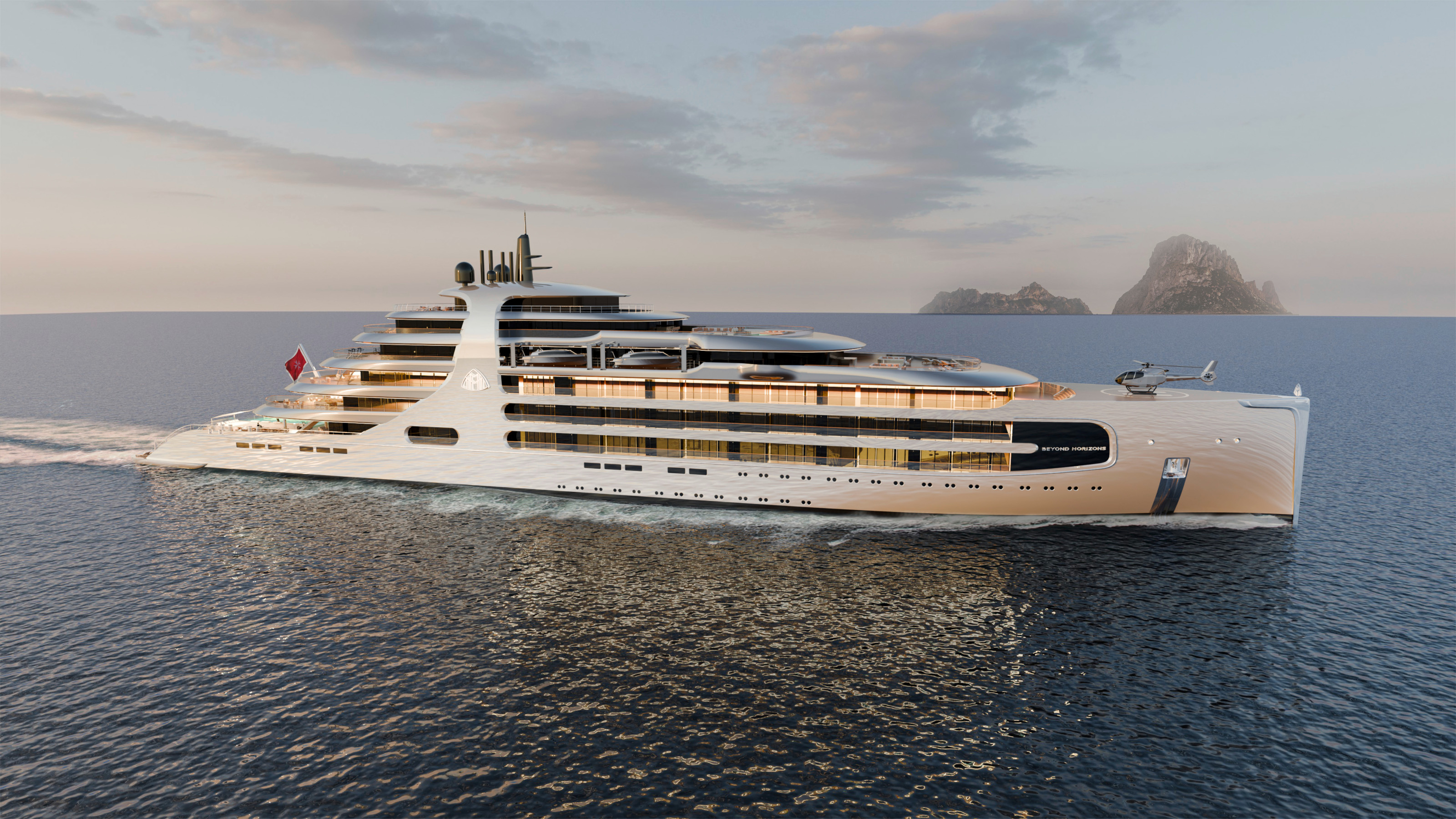 The Maybach Ocean Club is a floating members’ club for the super-rich
The Maybach Ocean Club is a floating members’ club for the super-richMercedes-Benz Design has announced the upcoming Maybach Ocean Club, a ship-based enclave inspired by automotive luxury
-
 Rivian hits Miami Art Week to release R1S Quad Miami Edition, a new colour and a scent
Rivian hits Miami Art Week to release R1S Quad Miami Edition, a new colour and a scentVivid sights and evocative smells are part of Rivian’s quest to humanise its all-electric SUVs
-
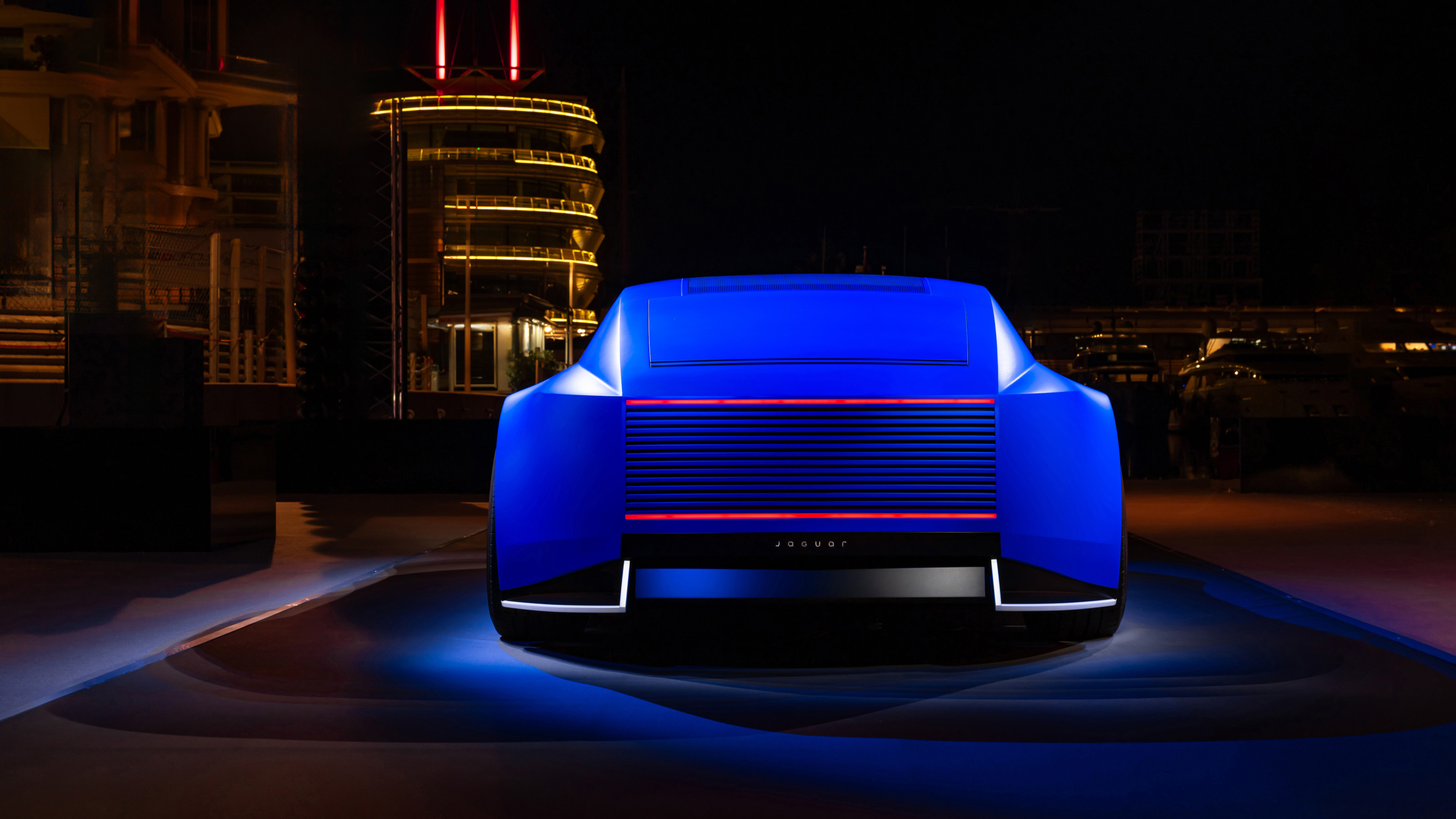 JLR is a mainstay of modern motoring luxury, but do car brands need creative figureheads?
JLR is a mainstay of modern motoring luxury, but do car brands need creative figureheads?With Gerry McGovern reportedly departing from Jaguar Land Rover, what next for the Indian-owned, British-built house of brands?
-
 RBW EV brings a much-loved classic sports car aesthetic into the modern era
RBW EV brings a much-loved classic sports car aesthetic into the modern eraThe RBW Roadster and GT hark back to a golden age of sports car design. Under the skin, these British-built machines feature bespoke all-electric running gear
-
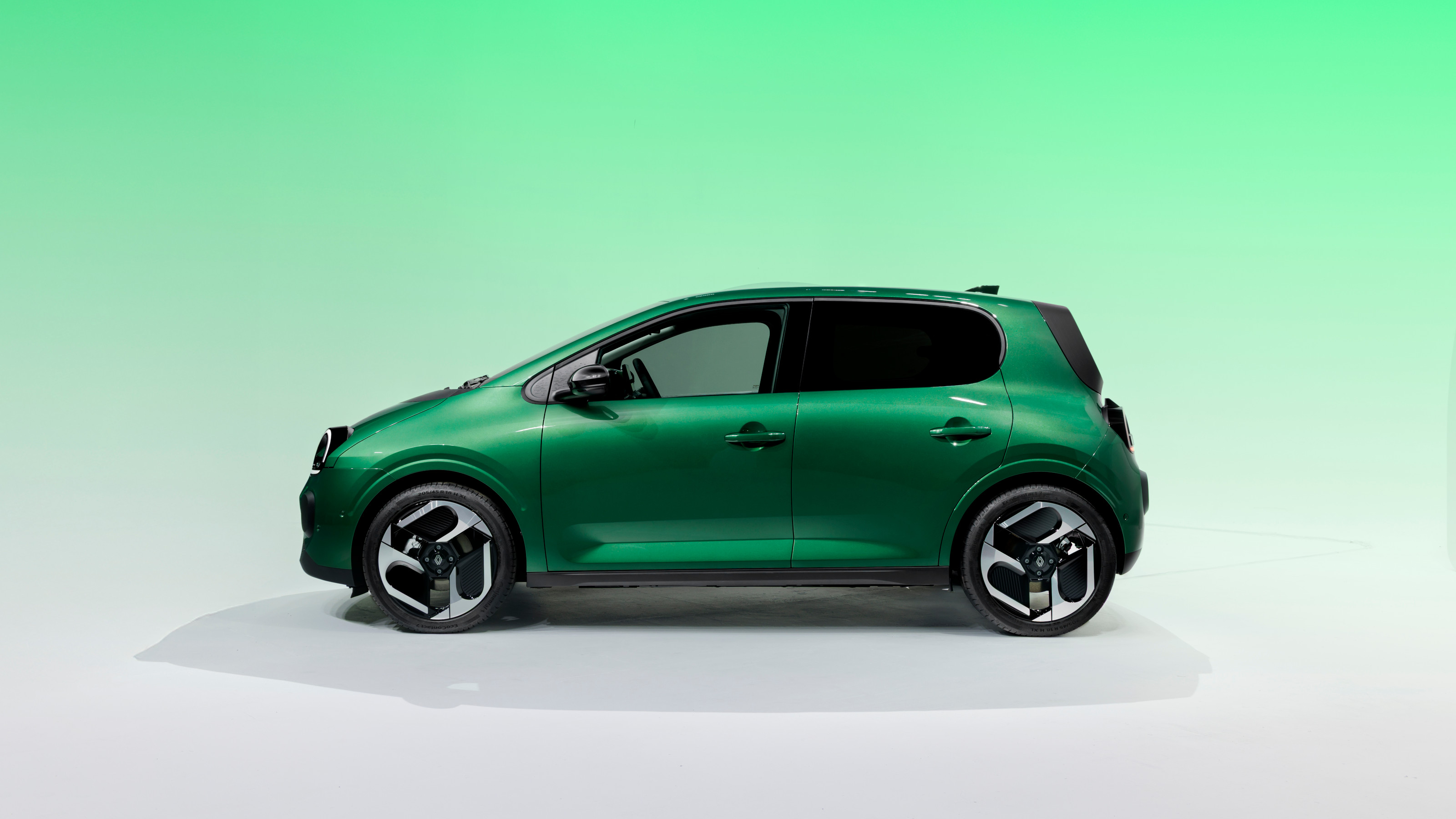 All hail the compact new Renault Twingo E-Tech – the city car is back in style
All hail the compact new Renault Twingo E-Tech – the city car is back in styleRenault continues to pay homage to its heritage by combining it with 21st-century technology. The new Twingo E-Tech is another winner
-
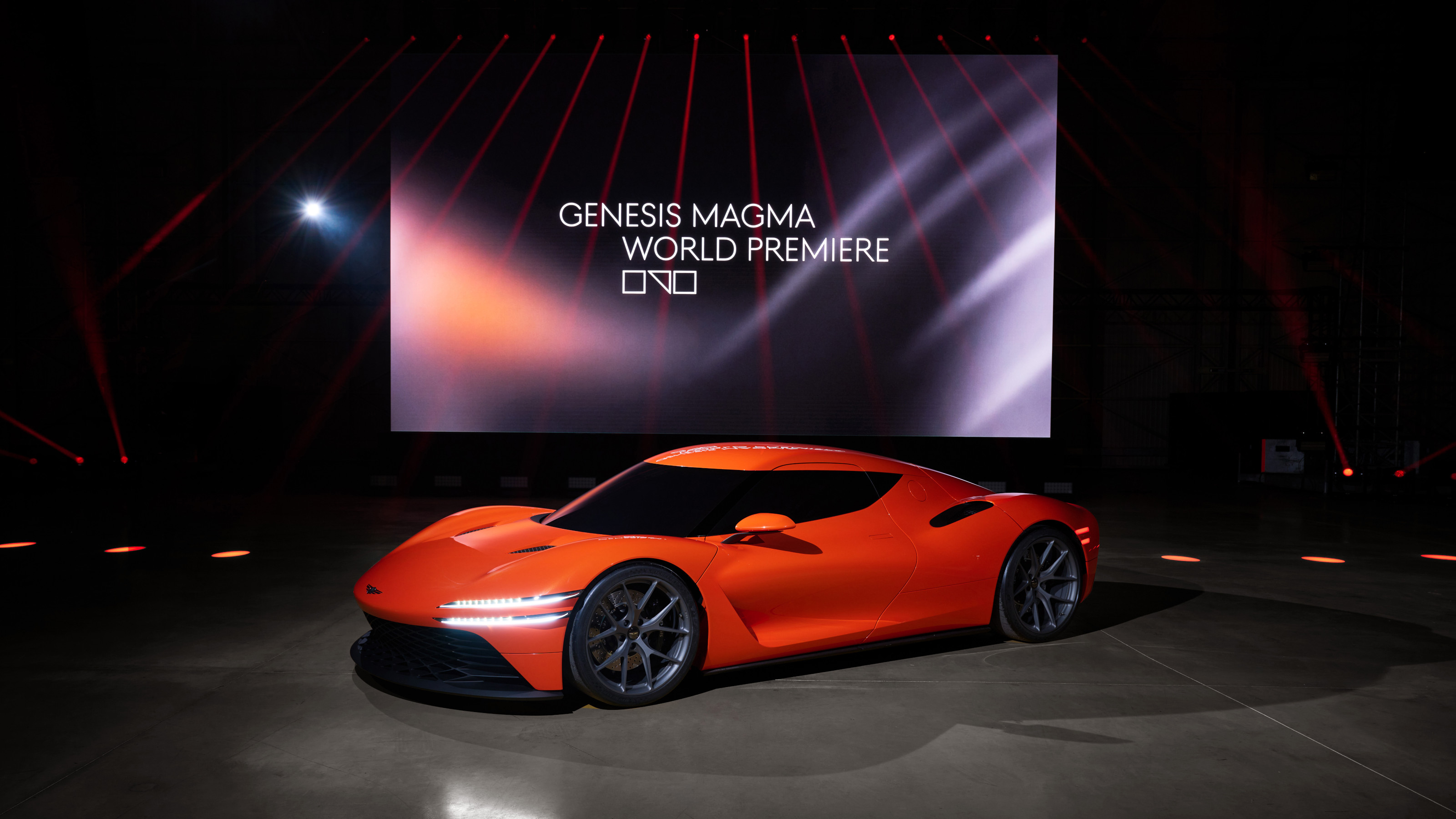 Genesis turns up the heat with its new Magma performance sub-brand
Genesis turns up the heat with its new Magma performance sub-brandGenesis has revealed the hot new GV60 Magma and striking Magma GT Concept in its quest to own luxury performance
-
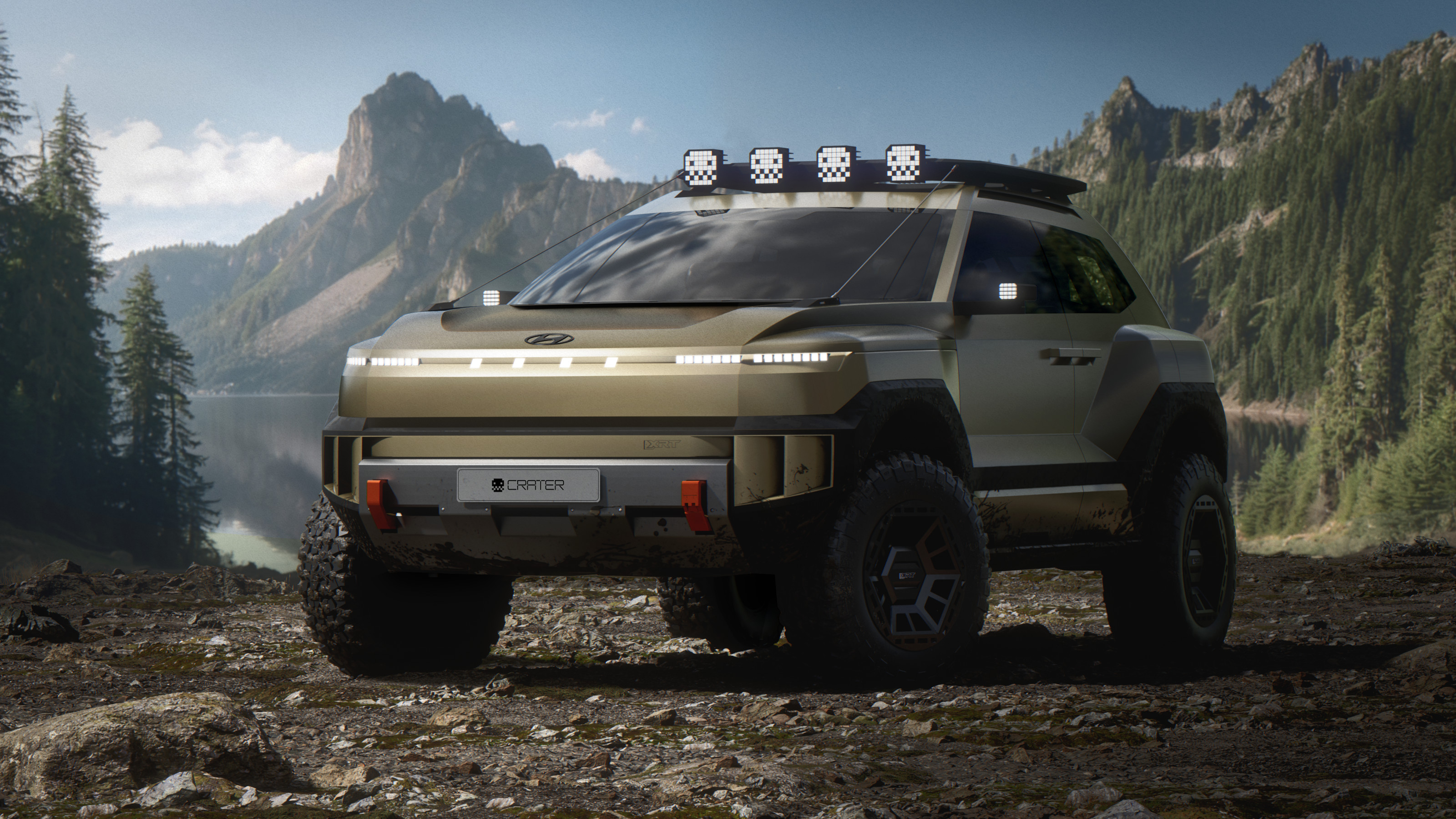 The future of off-road is encapsulated in Hyundai’s rugged Crater Concept
The future of off-road is encapsulated in Hyundai’s rugged Crater ConceptAn exploration of the future form of Hyundai’s XRT sub-brand, the Crater Concept is designed to roam where no one else goes